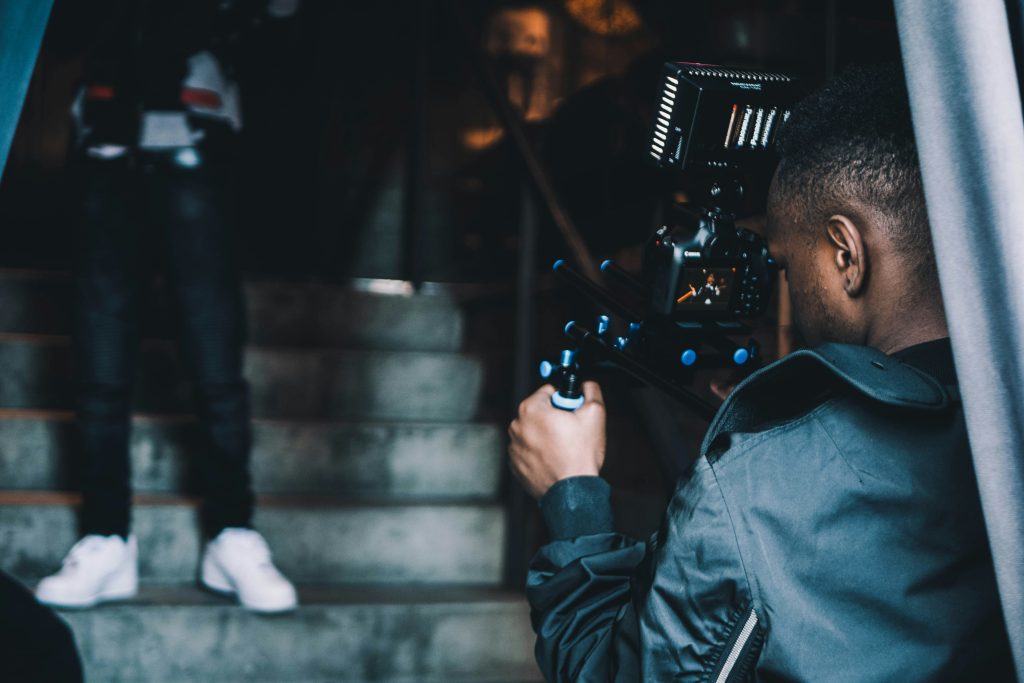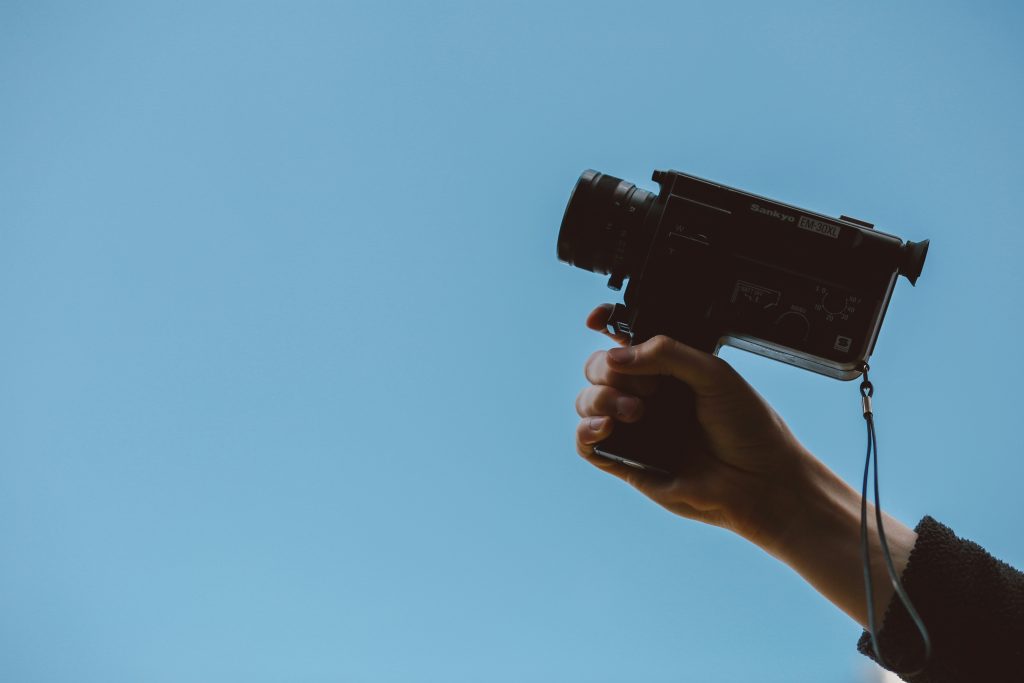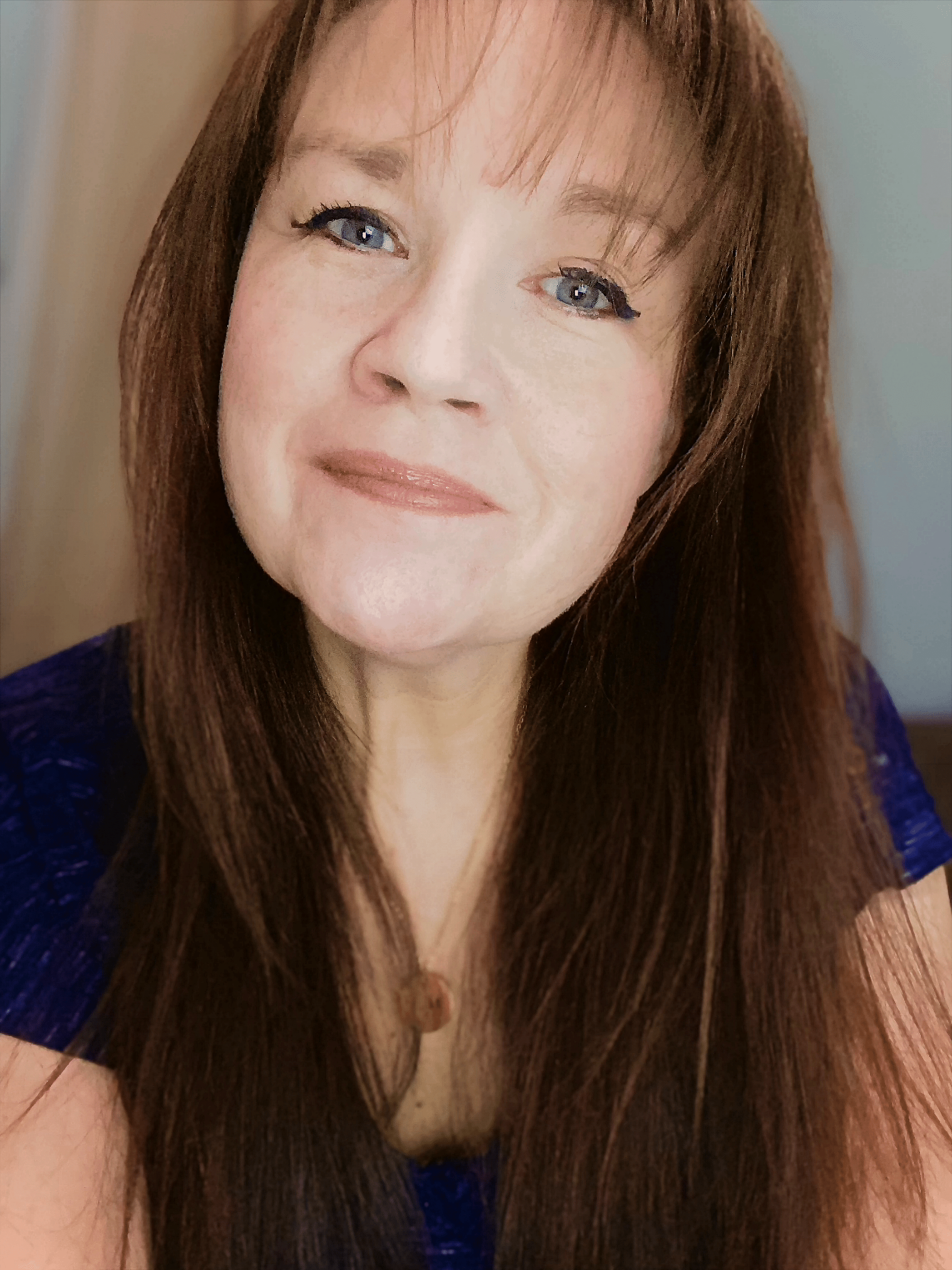
Video editing is one of those fields that most people take for granted. We watch movies, scroll through social media, and enjoy educational videos without giving much thought to the creative and technical processes behind them.
But video editing is full of surprises, from its fascinating history to the way it’s used today. Let’s dive into 15 fun facts you probably didn’t know about video editing and explore what makes it such a dynamic and exciting skill.
1. Video Editing Has Roots in the 1800s
You might think video editing started in Hollywood, but it actually goes back further—to the late 19th century. A photographer named Eadweard Muybridge took sequential photos of a galloping horse to study its motion.
These experiments laid the foundation for motion pictures and, eventually, editing. Fast forward to the 1920s, and Walt Disney’s synchronized animations pushed video editing to new heights, combining sound and visuals in a way no one had seen before.
2. The Silent Movie Era Kickstarted Modern Editing
When films were silent, editing was all about piecing together visual shots to tell a coherent story. Then came sound, and everything changed.
Editors suddenly had to synchronize audio with visuals, leading to innovations in cutting and splicing techniques. Without this evolution, the immersive movies we enjoy today wouldn’t exist.
3. Digital Editing Was a Game Changer
Think about how editing was done before computers—literally cutting and gluing pieces of film together. It wasn’t until 1989 when the Avid Media Composer was introduced, that digital editing became a reality. This groundbreaking tool allowed editors to work on computers, revolutionizing the industry and making editing faster, more precise, and more creative.
4. Editing Is for Everyone Now
Not too long ago, editing required access to expensive equipment and specialized training. Today, though, anyone can give it a try. Free tools like online screen recorders, mobile apps, and desktop software have made editing accessible to just about everyone.
Whether you’re trimming a quick TikTok video or producing a YouTube vlog, the power to edit is right at your fingertips.
5. It’s a Powerful Tool in Education
Video editing isn’t just for filmmakers—it’s also changing how we learn. Teachers and students use it to create educational videos, record lectures, and build presentations that go beyond boring slideshows. Beyond boosting grades, editing helps students develop creativity, critical thinking, and even technical skills that can set them up for future careers.
6. It Sparks Creativity
Editing isn’t just about cutting out mistakes or rearranging clips. It’s about crafting a story. Editors play with timing, effects, and sound to make something that resonates with viewers. The process is like putting together a puzzle, and it encourages you to think outside the box and explore new ideas.
7. The Magic of Seamless Cuts
Ever watched a movie scene that seemed like it was shot in one continuous take? Chances are, it wasn’t. For example, Alfred Hitchcock’s Rope used clever editing tricks to create the illusion of one uninterrupted shot. Editors hid the cuts by zooming into objects or using transitions. It’s a testament to how subtle yet powerful editing can be.
8. Special Effects Were Once Handcrafted
Before CGI, filmmakers relied on physical techniques to create effects. Double exposures, matte paintings, and stop-motion animation were painstakingly crafted by hand. Today, software like Adobe After Effects and Blender makes these tasks faster and more versatile, but the creativity behind them remains the same.
9. Compression: The Unsung Hero of Video Editing
Ever wondered how videos stream smoothly on YouTube or Instagram? That’s thanks to compression, a process that reduces file size while maintaining quality.
Editors have to balance resolution, file size, and playback performance to ensure videos look great on any screen. It’s a behind-the-scenes process that most of us never notice but can make or break a viewing experience.
10. Editing Turns Raw Footage Into Art
Raw video footage often looks nothing like the polished clips we see in final productions. An editor’s job is to take that raw material and turn it into something beautiful. They tweak colors, enhance audio, add transitions, and sometimes even fix mistakes. This transformative process is what brings stories to life.
11. Short Videos Are Taking Over
In today’s fast-paced world, attention spans are shorter than ever. Platforms like Instagram and TikTok thrive on bite-sized videos that grab viewers’ attention quickly. Editors have adapted by focusing on snappy cuts, fast transitions, and impactful visuals—all designed to keep people watching.
12. Sound Is Just as Important as Video
It’s easy to focus on what we see in a video, but sound is just as critical—if not more so. Editors spend a lot of time syncing audio, adding sound effects, and layering music to create the right mood. Bad audio can ruin even the most visually stunning video, so sound editing is a skill worth mastering.
13. AI Is Changing the Game
Artificial Intelligence is shaking things up in the editing world. Tools powered by AI can automatically color-correct footage, detect and cut scenes, or even add captions. While they don’t replace the creativity of human editors, these tools make the editing process much faster and more efficient.
14. It’s Surprisingly Relaxing
While editing might seem tedious, many people find it calming. There’s something satisfying about arranging clips, adjusting colors, and perfecting transitions. It’s a creative outlet that combines technical know-how with artistic expression, making it both challenging and rewarding.
15. Iconic Edits That Made History
Some editing moments are so iconic that they’ve shaped the way we think about storytelling. Take the “Odessa Steps” montage in Battleship Potemkin or the non-linear storytelling in Pulp Fiction. These groundbreaking edits didn’t just enhance their films—they changed the way stories are told in cinema.
Tips for Getting Started in Video Editing
If all this has inspired you to try your hand at video editing, here are some tips to help you get started:
- Plan Your Story: Before you start editing, map out your story or project. Knowing what you want to achieve will save you time.
- Learn Shortcuts: Editing software has tons of keyboard shortcuts. Learning them can speed up your workflow and make editing less frustrating.
- Experiment With Color: Don’t underestimate the power of color grading. Subtle tweaks can make your video look polished and professional.
- Keep It Simple: Avoid overloading your video with effects or transitions. Less is often more.
- Focus on Audio: Good sound makes a huge difference. Spend time cleaning up your audio and adding background music or sound effects.
- Practice, Practice, Practice: The more you edit, the better you’ll get. Try different techniques and challenge yourself to learn something new with each project.
Why Video Editing Matters

Video editing is more than a technical skill—it’s a way to tell stories, share ideas, and connect with audiences. Whether you’re creating a short TikTok, a classroom presentation, or a blockbuster film, editing is the magic that ties everything together. With today’s tools, anyone can learn the basics and explore their creativity.
So, the next time you watch a movie or scroll through a perfectly crafted social media clip, take a moment to appreciate the artistry and effort behind the scenes. Who knows? Maybe you’ll be inspired to try it yourself!
